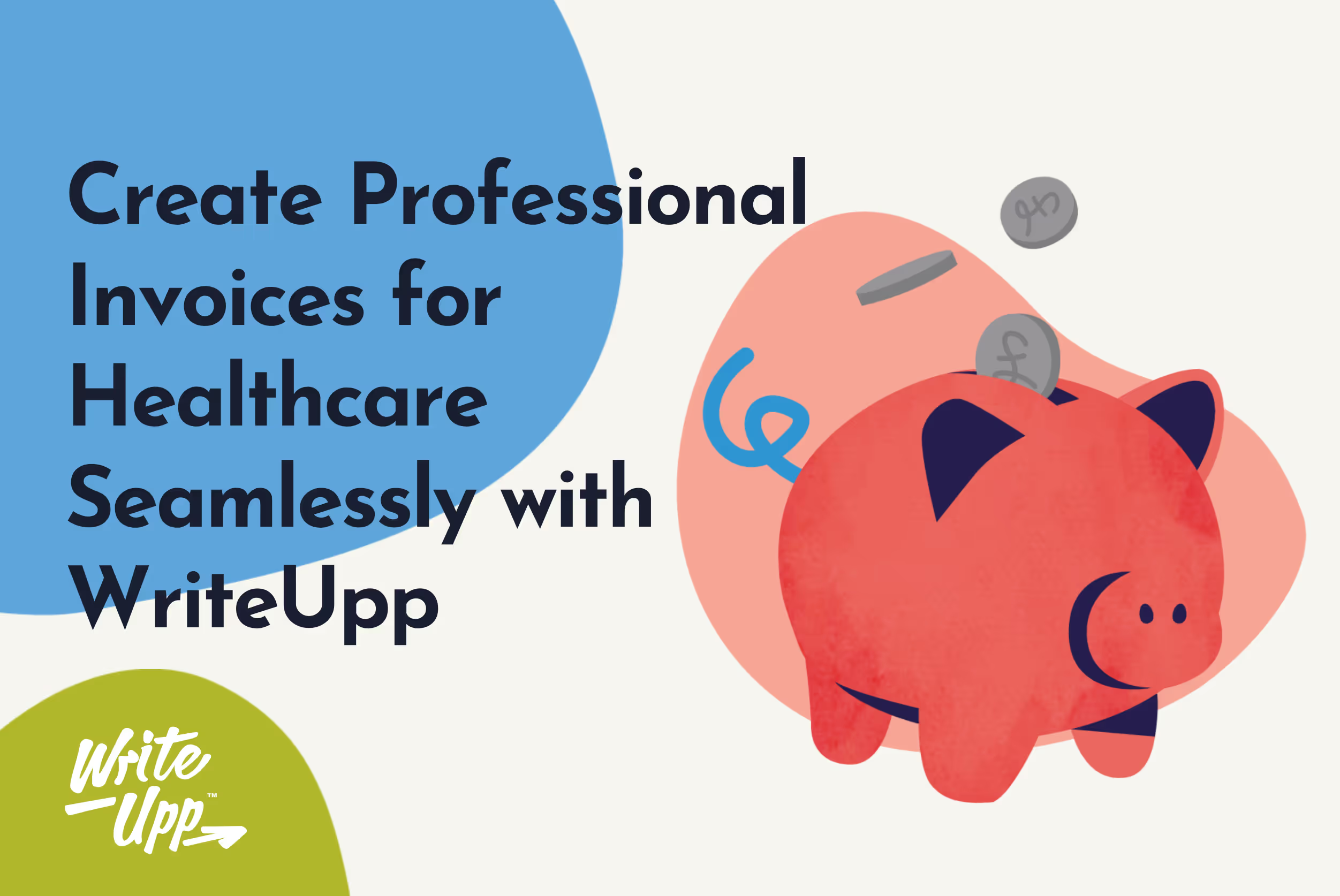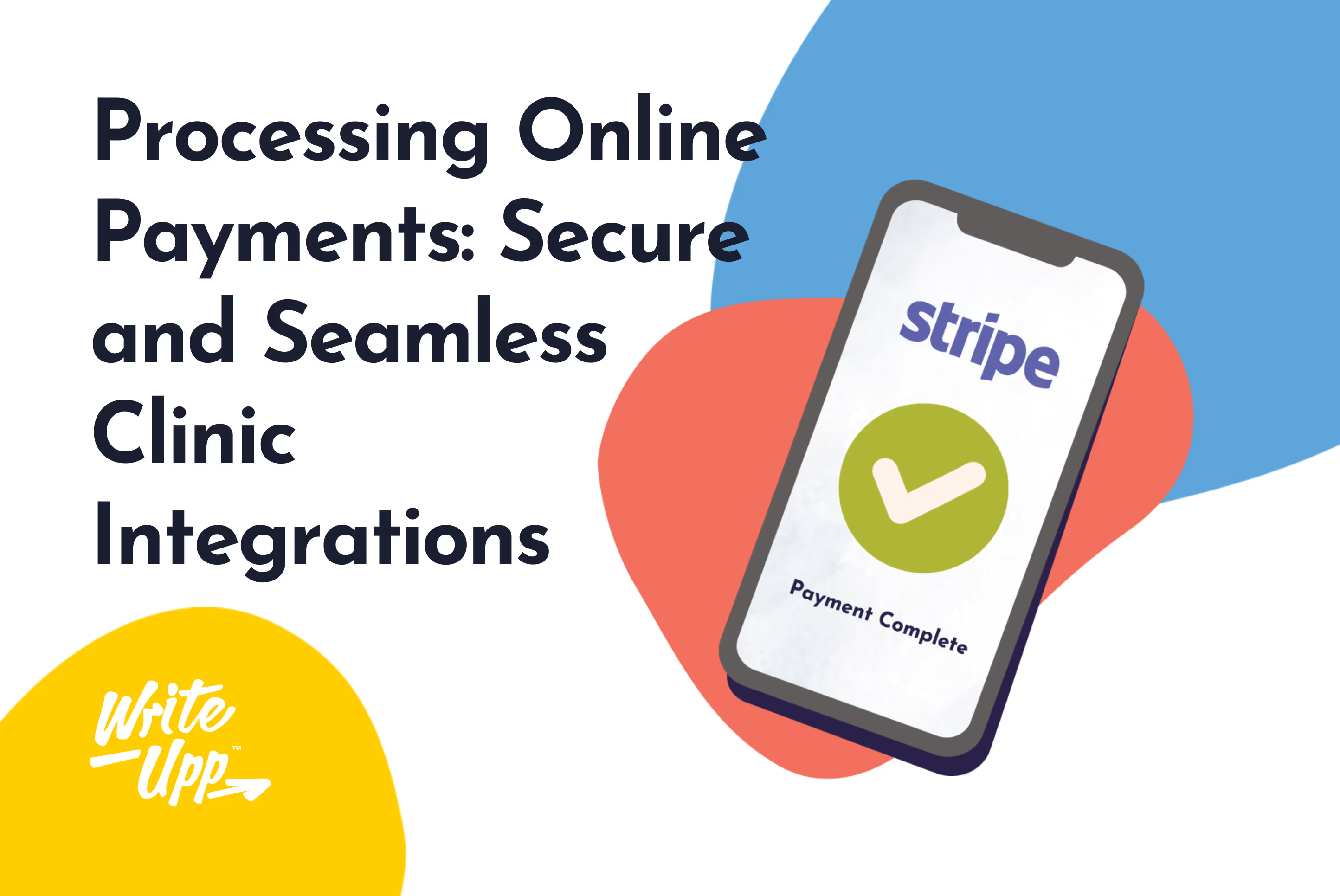We've all been there. You meticulously plan your day, coordinating appointments and ensuring every slot is filled to maximise efficiency. But the inevitable happens – the clock ticks, the waiting room remains empty, and the realisation dawns upon you: yet another no-show.
These missed appointments aren't just a minor inconvenience; they impact your practice's revenue, distort your schedule, and undermine the patient-provider relationship.
So how do we turn the tide on these elusive no-shows? Dive in as we uncover tried-and-tested strategies to boost attendance and revitalise punctuality in your practice.
https://www.youtube.com/watch?v=VXocxua11oA&t=1s
Why Do Patients No-Show?
One of the main reasons for patient no-shows is forgetfulness. People have busy schedules and loads of commitments. It's easy for patients to overlook or forget about their upcoming medical appointments, especially if they were scheduled weeks or even months in advance. Lack of appointment reminders is another reason patients don't show up. Many practices still use phone calls or don't send reminders at all. Reminding patients by email or SMS is more likely to get through.
Fear and anxiety also play a significant role in patient no-shows. Some people may be afraid of the unknown or anxious about their medical condition, leading them to avoid or postpone appointments. You can help by creating a supportive and welcoming environment that addresses patient fears and anxieties. By providing precise and detailed information about the appointment process, addressing patient concerns, and offering emotional support, practices can help alleviate patient anxiety and reduce no-show rates.
Addressing these common reasons for patient no-shows requires effective practice management software incorporating features such as appointment reminders, online booking, and online payment tools. These tools can reduce no-show rates, improve patient care, and streamline admin tasks.
This leads to increased patient satisfaction and loyalty, and it also helps maximise your revenue and focus on delivering quality care.
How to Reduce No-Shows in Your Practice
Patient no-shows can be a frustrating and costly issue for healthcare practices. Not only do they disrupt the flow of the clinic and waste valuable time, but they can also result in lost revenue and decreased patient satisfaction.
Here are some of the best ways to reduce them in your practice:
- Send Appointment Confirmations and Reminders
Appointment confirmations and reminders are the first line of defence against no-shows. Gone are the days of relying solely on phone calls and snail mail to remind patients of their upcoming appointments. Patients prefer to be notified through technology they regularly use and check, like email or SMS reminders. You can improve patient engagement and reduce no-show rates by using clinic management software with automated appointment reminder capabilities.
Immediately after scheduling an appointment, an automated appointment confirmation can be sent to the patient. This confirmation should include the appointment date, time, location, and any instructions or forms the patient needs to fill in before they arrive. As the appointment date approaches, sending appointment reminders becomes crucial. A gentle reminder a few days before the scheduled appointment can help jog the patient's memory and prompt them to make necessary arrangements to ensure their attendance. A reminder on the appointment day can further reinforce the importance of their scheduled visit.
To improve the efficiency of appointment reminders, offering patients multiple communication options can be beneficial. Some patients may prefer email reminders, while others may prefer SMS. Providing patients with their preferred communication method increases the likelihood that the reminders will be received, read, and acted upon.
Watch the webinar on how to reduce no-shows with automated reminders:
https://vimeo.com/706458722?share=copy
- Use Online Booking and Scheduling Systems
Online booking systems have rapidly become a staple in private practices, not only for their convenience but also for their undeniable impact on reducing no-shows.
Patients can view available slots in real-time, allowing them to pick and choose the most convenient times, increasing the likelihood of their attendance. With 24/7 access to online booking, patients aren't confined to calling during business hours. They can schedule appointments when it's top of mind, even outside traditional office hours.
Many systems allow personalisation, where patients can choose their preferred provider, service, or room. Patients with a say in these decisions may feel a stronger commitment to attending.
Once an appointment is booked, patients usually receive an instant confirmation via email or SMS. This serves as an immediate reinforcement of their commitment and provides details they can refer back to.
Online booking systems typically offer automated SMS and email reminders. These reminders can be scheduled a day or even an hour before the appointment, nudging patients and giving them the opportunity to confirm, reschedule, or cancel their slot. This drastically reduces forgetfulness as a cause for no-shows.
Some online booking systems allow practices to request a deposit or even full prepayment. This financial commitment can act as a deterrent for last-minute cancellations or no-shows. Patients can also be immediately informed of the cancellation policy when they book online. Knowing the consequences (like potential fees) can discourage last-minute no-shows.
Watch the webinar on how to set up online booking in your practice:
https://vimeo.com/706463873?share=copy
- Take Payments in Advance
Another way to reduce no-shows and streamline the financial aspect of your healthcare practice is by implementing a payment-in-advance policy. By requiring patients to pay when booking, you can significantly decrease the likelihood of last-minute cancellations or no-shows.
To implement this, use practice management software that integrates with online payment processing systems like Square or Stripe. This allows patients to pay through your website or directly from a button on your invoice. Multiple payment options, including credit/debit cards, online wallets, or bank transfers, ensure flexibility and convenience for your patients.
Taking payments in advance ensures patients have a financial commitment to their appointment and helps your practice manage its cash flow more effectively. Collecting payment upfront allows you to predict revenue better and allocate resources accordingly, minimising any financial strain or uncertainty caused by unpaid appointments.
Furthermore, practice management software can automate the payment process and send automated reminders to patients as their appointment approaches. By including a reminder about the upfront payment requirement, patients can plan accordingly and complete their payment before the appointment date.
Watch the webinar on how to start taking payments online:
https://vimeo.com/706459365?share=copy
- Set Cancellation Fees for No-Show Appointments
Cancellation fees serve as a deterrent for patients who may not place a high value on their scheduled appointments. Enforcing a cancellation fee policy can encourage patients to honour and prioritise their commitments. This reduces no-show rates and ensures that valuable time and resources aren’t wasted.
Cancellation fees help optimise scheduling and minimise gaps in the appointment schedule. When a patient fails to attend an appointment without prior notice, it disrupts the schedule and leaves gaps that could have been filled with other patients in need of care. By charging a cancellation fee, practices open up the opportunity to fill those vacant appointment slots with patients who may be waiting for urgent or follow-up care.
It's important to note that the implementation of cancellation fees should be done thoughtfully and communicated clearly to patients. The fee structure should be reasonable and align with industry standards and local regulations. You should also consider exceptions to the policy, such as emergencies or unforeseen circumstances, which may warrant waiving the fee.
Invest in a Quality Practice Management System
Investing in a good practice management system can significantly reduce patient no-shows and improve the efficiency of your healthcare practice.
WriteUpp offers a range of features and functionalities designed to streamline administrative tasks and enhance patient care. With its integrated appointment reminders, you can automate sending reminders to patients through their preferred communication method, email or SMS. This helps minimise missed appointments and improves overall patient attendance rates.
Furthermore, WriteUpp allows for seamless online bookings and offers online payments, allowing patients to make payments in advance conveniently. This ensures a financial commitment from patients and helps manage cash flow and predict revenue more effectively.
By implementing WriteUpp as your practice management system, you can save valuable time that would have been spent on chasing payments or processing billing paperwork. This time can be better utilised to focus on delivering quality care and improving patient experience.
Investing in practice management software reduces no-shows, enhances patient engagement, ensures seamless administrative workflows, and improves patient retention.
Don't miss out on the opportunity to optimise your practice and provide the best possible care to your patients. Sign up for a free 30-day trial, or grab us for a chat.



Join over 50,000 clinicians that we've helped using WriteUpp
Start my free trial






